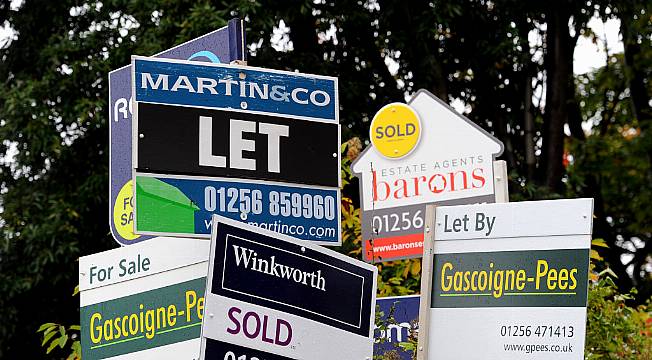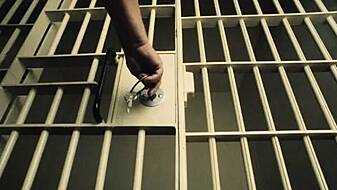Residential property prices have continued to rise, however, at a slower pace than previously noted according to the latest figures from the Central Statistics Office (CSO).
In the year to February, prices rose 5 per cent on average, down from 6.1 per cent the previous month.
The figures point to a continuing trend of a slowdown in the property market, marking the 11th month in a row that annual property price inflation has increased by a smaller margin than the proceeding month.
The CSO figures show prices outside of Dublin increased by 6.4 per cent in the 12 months to February this year, while prices in the capital rose by 3.2 per cent.
The month also saw 3,351 dwelling purchases by households at market prices filed with Revenue, down from 3,584 in February 2022.
Dún Laoghaire-Rathdown continued to be the area with the highest median price for a house during the 12-month period (€630,000), while Longford had the lowest median price (€152,000). Overall, the median price nationally was €310,000 for the period.
Houses in South Dublin saw the largest percentage increase over the year, jumping by 9.3 per cent, followed by houses in the Border region (up 9 per cent) and those in the West (up 8.1 per cent).
For apartments, prices in Dublin rose by 4 per cent, while the national increase excluding Dublin was 3.3 per cent.
Energy efficiency
Meanwhile, the CSO also released figures on domestic building energy ratings (BERs), noting that audits had increased by 58 per cent in the first quarter of this year compared to the same period of 2022.
Electricity was found to be the main space heating fuel, used by 87 per cent of dwellings with a BER audit and which had construction completed between 2020 and 2023.
Unsurprisingly, recent builds were found to be more energy efficient than their older counterparts, with 99 per cent of dwellings built in 2020-2023 achieving an A-rating, and 96 per cent of those built in 2015-2019.
On a county-by-county basis, Kildare had the highest proportion of A-rated dwellings (23 per cent), followed by Meath (22 per cent) and Dublin (21 per cent), while Leitrim had the lowest on just 2 per cent.







